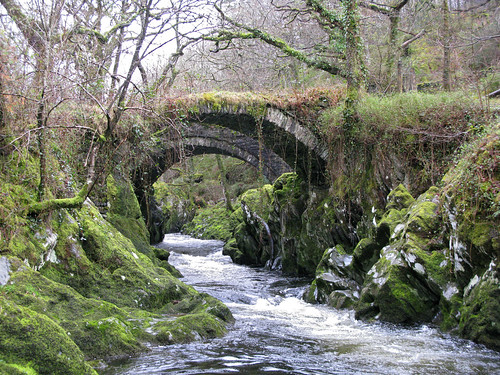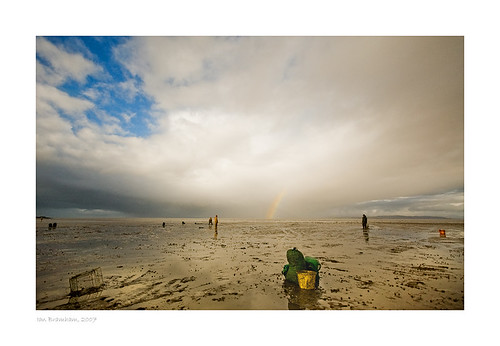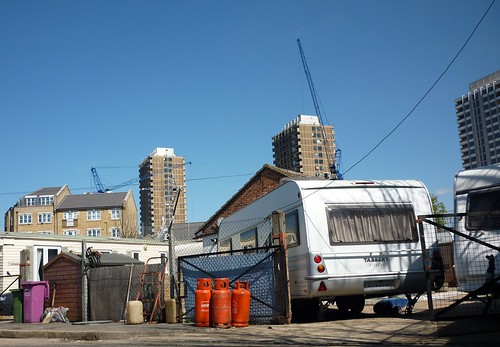I've just watched BBCs "Town" (click to link) presented by Nicholas Crane. Twice he said Ludlow is "is small, landlocked and remote".
Well most places in the midlands are landlocked, it "goes with the territory". However, it is far from "remote" - in fact I've never heard such rubbish. Ludlow's on a train line, it has excellent road connections. Compare for instance London. Going from one side of London to another, by tube, mainline rail and car, more-or-less takes two hours. Yet -for instance- car from my home of Kingswinford to Ludlow (much further away than the other side of London) takes about an hour. It's doable for a curry and a stroll around on a summer evening. Not only that - you can stop off at Brdgnorth or Bewdley (get some Troach from Teddy Gray's)
Of course, not everyone is going to start from Kingswinford - but thousands and hundreds of thousands live within a similar distance.

![[View at Tenby, Wales] (LOC) by The Library of Congress](http://farm3.static.flickr.com/2548/3752414556_003363f785.jpg)




![[Roman bridge I, Bettws-y-Coed (i.e. Betws), Wales] (LOC) by The Library of Congress](http://farm4.static.flickr.com/3429/3752440348_a6fbb283bf.jpg)

































